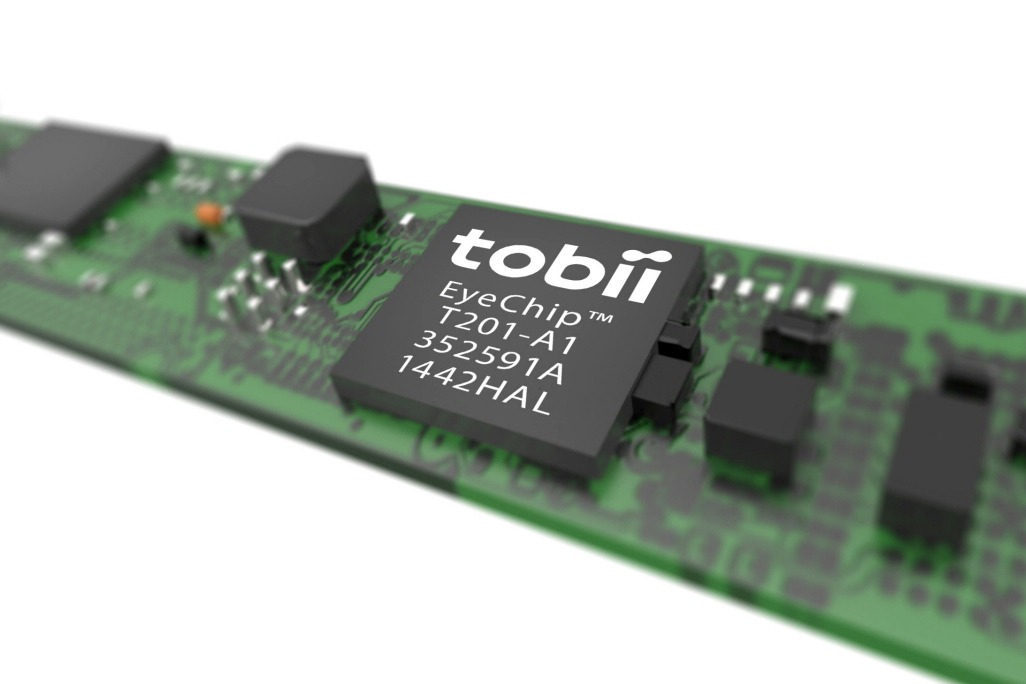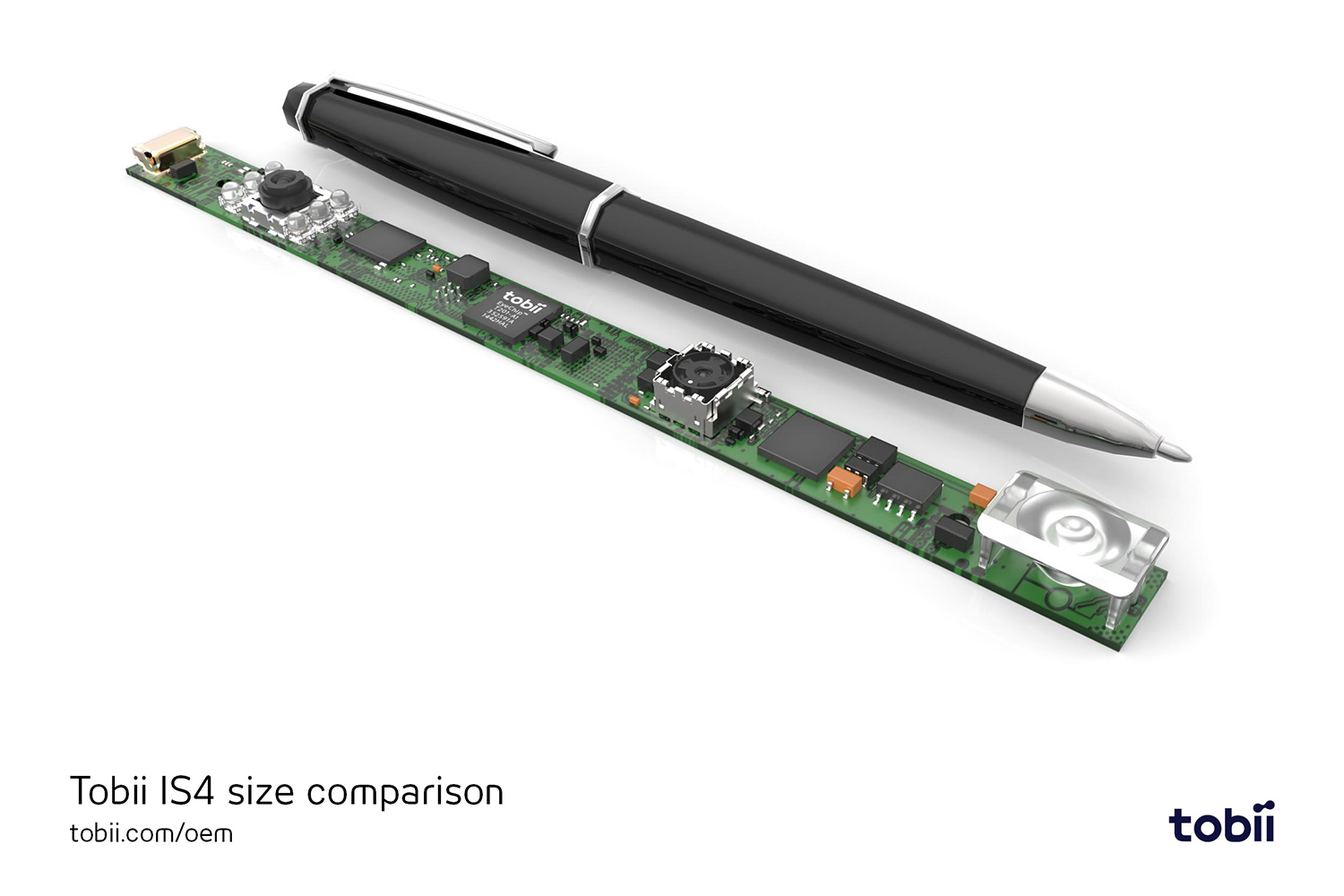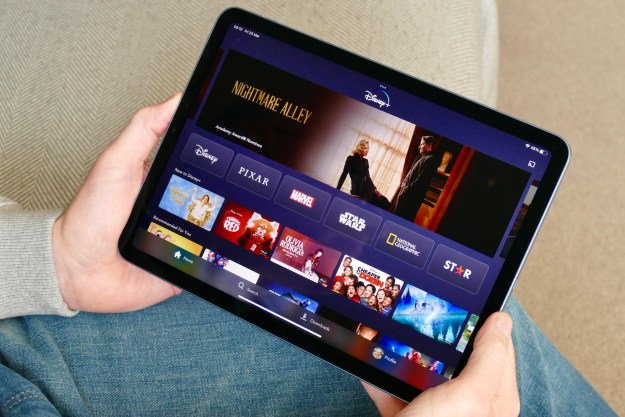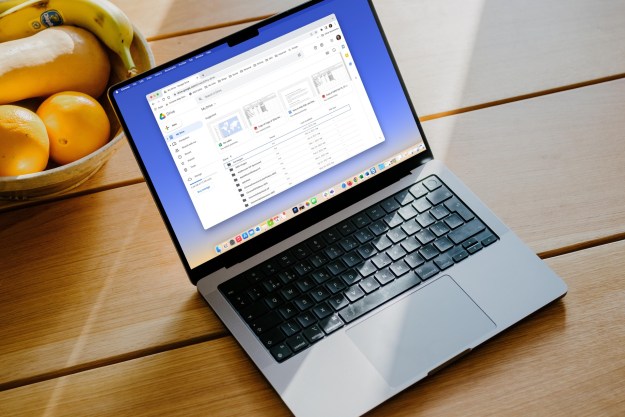The Tobii IS4 Integration Prototype is a new concept laptop developed by Inventec using Tobii’s IS4 Eye Tracking Module technology to enable users to interact with their computer via eye tracking. The laptop prototype was unveiled by Tobii at CES this week in Las Vegas, which it calls a “major step” forward for eye tracking.
Tobii’s sixth generation IS4 platform is the Swedish company’s most advanced eye tracking platform to date. The small and compact tracker is powered by Tobii’s EyeChip, the first chip designed solely for eye tracking, and controls the IS4’s sensors and the Tobii EyeCore algorithm.
It uses EyeX software to detect a user’s position, their eye gaze and movements. The infrared illuminators also help in lighting up the user in front of the laptop to detect their gaze and eye movements. These factors are then integrated with the usual user interactions like scrolling and clicking with the mouse to be more intuitive.
For example, a user could select an icon through their gaze and click through on their mouse, keypad, or with a voice command.
The IS4 is a more “robust” eye tracking solution that past versions, said Tobii, who claims that it works effectively regardless of the user’s physical attributes like pupil size or other factors that could inhibit detection like glasses, contact lenses, or make-up. The company added that the IS4 Integration Prototype and eye tracking will be of particular interest to gamers as it will make their gaming experience more realistic, it said.
According to Tobii, this new prototype laptop will provide a “model” for how its eye tracking tech can be integrated into PCs and tablets. The IS4 platform and EyeChip were first revealed back in October for OEMs after $15 million worth of investments in its research and development.
This isn’t Tobii’s first rodeo. We first spoke with the company at CES 2013, where it showed a much earlier version of its camera integrated into a prototype laptop. That never came to fruition in a retail product, but the company has sold stand-alone cameras, and in the past year has two major milestones. It partnered with MSI to build a concept gaming laptop centered around its tech, and its technology was validated for use with Windows Hello.
As of this writing, Tobii and Inventec have provided no further details on availability or pricing of the IS4 Integration Prototype in the future. Right now, anyone can purchase the Tobii EyeX stand-alone eye tracking system for $140.




